Bryan He
Advisor: Eduardo Aquino
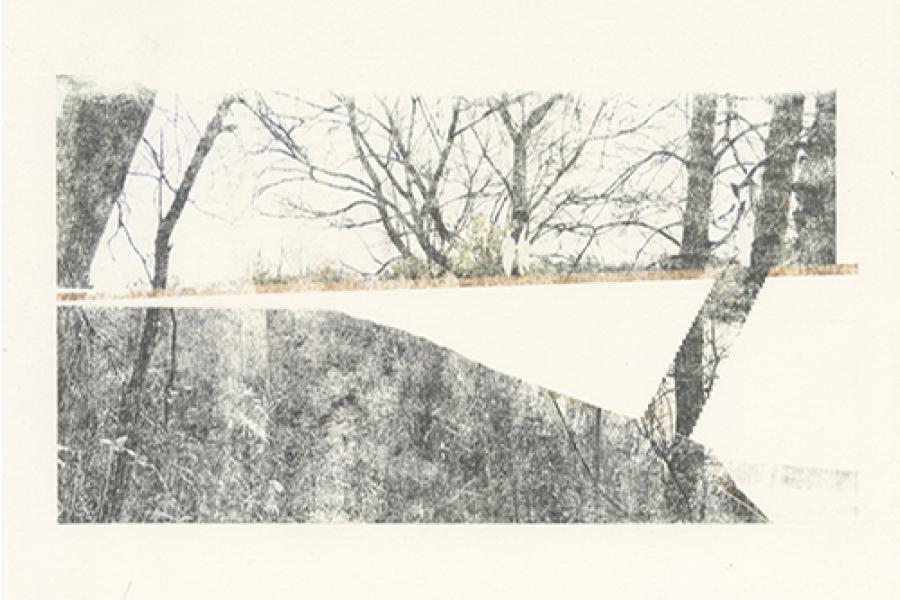
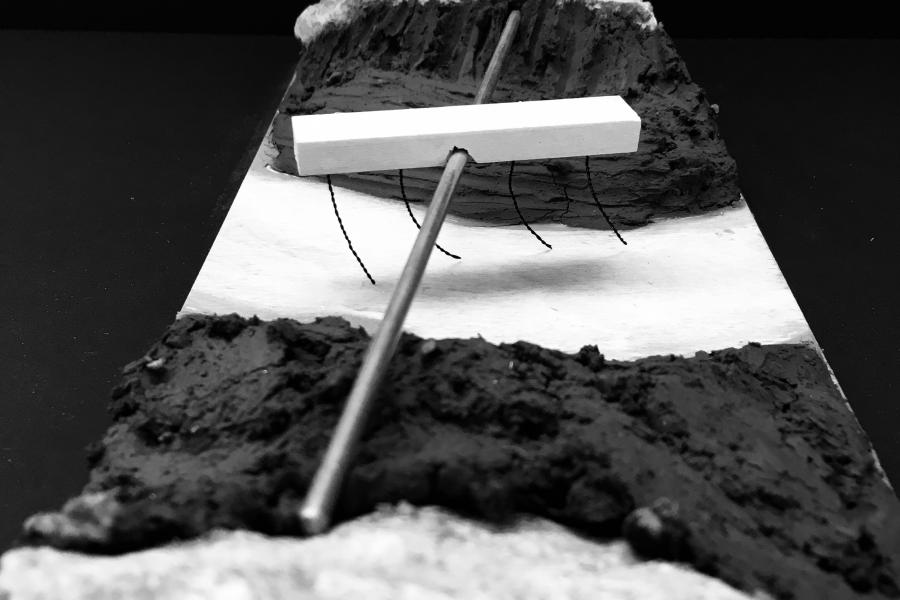
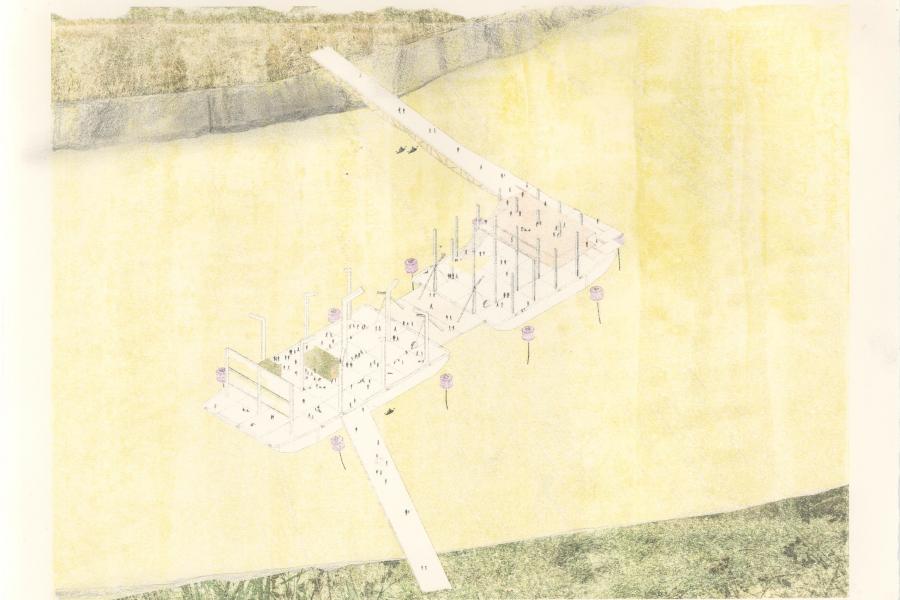
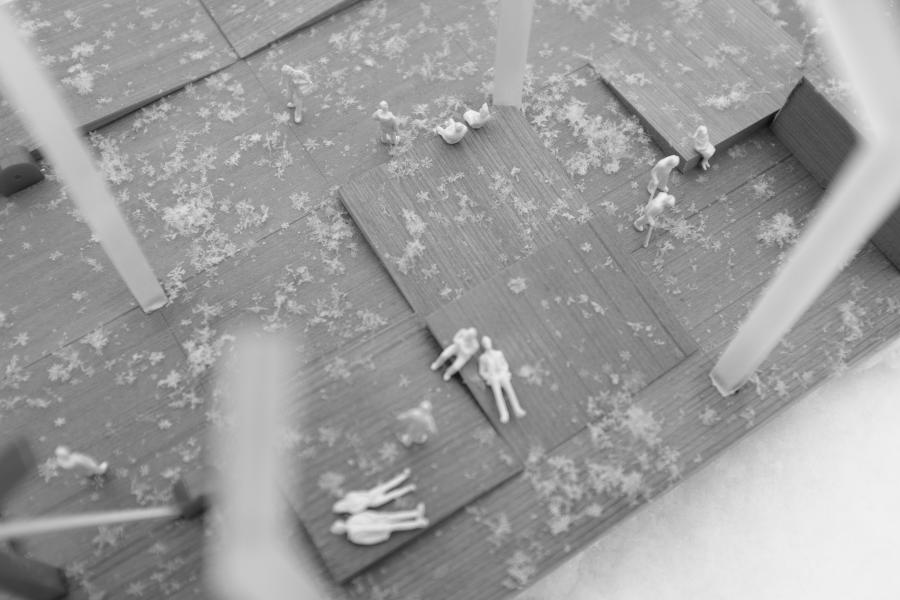
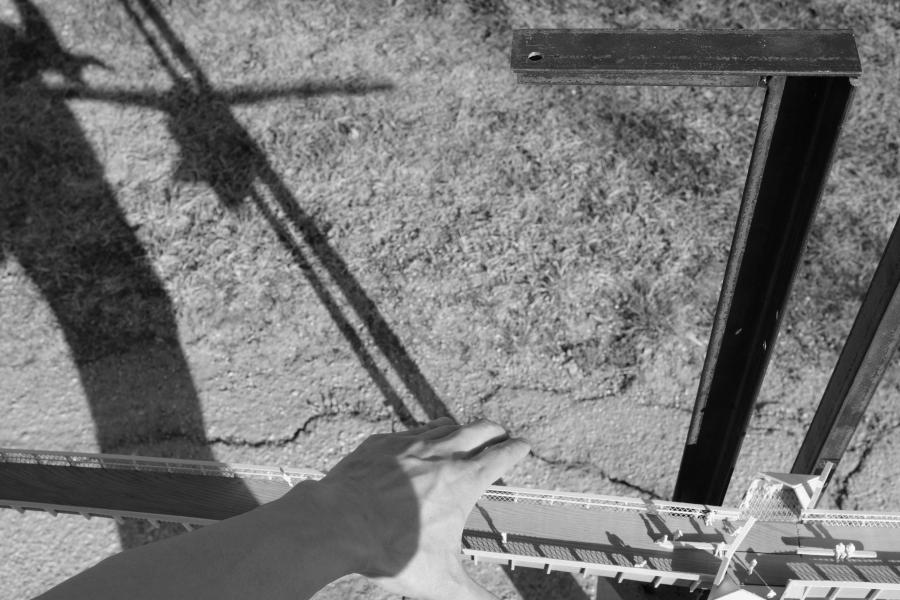
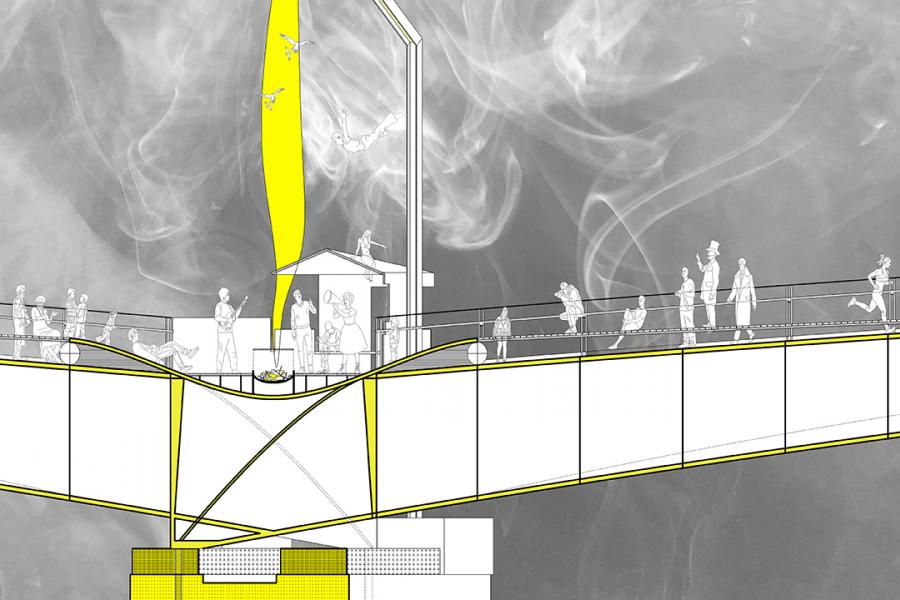
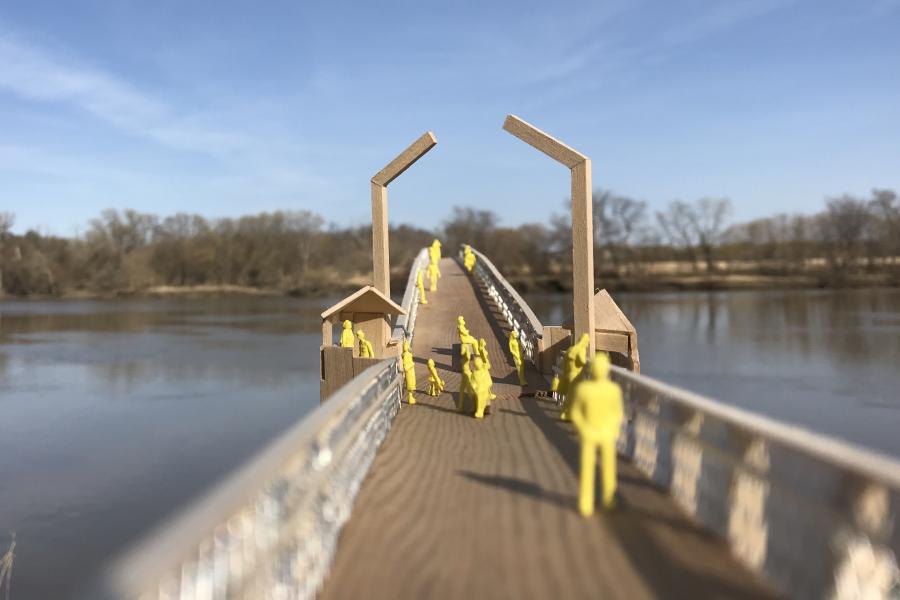
A Building that Breathes: Bridging the Everyday Life of Nature and Human Nature
The root of this thesis is the simple notion of the connection between breathing and architecture.
To breathe is to be alive, to inhale and exhale, with time. Through breath, as Alberto Pérez-Gómez suggested, everything in the universe is capable of touching everything else. A building that breathes, thus creates this attuned setting for its inhabitants: be it a person, a flower, or a butterfly… A building that breathes provides the rhythm for life!
The notion of breathing in architecture led to studies of the vital relationship between phenomenology and architecture; and by extension, the mind in architecture. In bridging neuroscience and the design process in architecture, Michael Arbib, both a theoretical neuro and computer scientist criticized the Cartesian modus operandi that led to “much architecture is theorized and taught solely in terms of focused vision”, while pointing out the reality that “we are embraced by space by means of our peripheral perception”.
The methodology, or backbone, of this thesis is based on the lived experience, memories, and conscious/unconscious awareness of the fluctuating environment and mind. These experiences are documented by paying special attention to the peripheral consciousness of the world; at the same time by allowing the “focused vision” to temporarily dissolve, so to allow the persistent aspects to emerge/re-emerge, and come into focus once again as manifestation of acquired perception of intuition, of knowledge, of a hunch to dig deeper - a process of drawing out.
Building on this methodology, the intention of this thesis considers the fundamental need for attunement concerning nature, the built environment, and its inhabitants, through examining and investigating the connections between architecture, phenomenology, and recent discoveries in neuroscience. In Attunement, Alberto Pérez-Gómez calls for “an architecture that can enhance our human values and capacities, an architecture that is connected - attuned - to its location and its inhabitants”. In a hyper-connected / hyper-disconnected contemporary milieu, this thesis puts forward the inquiries of sustainability, potentiality, compatibility, and the organic composition of a balanced social, cultural, and environmental ecology, in the context of Winnipeg’s riverfront.
The culmination of this thesis project is manifested in multitude acts of bridging, and resulted in two bridges - one imaginary, one archetypical - that attempt to cross the same site/river, but with different understandings of the same site/river, connected with a continuous investigation of the relationship between nature and human nature through the practice of architecture.
What is an architectural practice? What is a bridge? What is a building? In what way does the act of bridging relate to the act of building? In what manner, to what end, and with what values? How does bridging relate to placemaking? How does a bridge breathe? How can Winnipeg as a river city, enrich its relationship with its rivers via bridges / bridging?
